 |
| Newworldson, from just over the border in St. Catharines, Ontario. |
My inbox overflowed with comments yesterday about “the problem with contemporary Christian music”, after an essay by Michael Gungor. I was dumbfounded.
Gungor’s full of bunk. Contemporary Christian music has been in a renaissance for the past two decades. This makes sense in that we’ve been in a period of evangelical fervor (some have called it the Fourth Great Awakening) since the mid-sixties.
Of course, it’s important to remember that every artistic movement includes a lot of dreck. For example, the British Invasion gave us the Kinks’ Muswell Hillbillies but it also gave us Do Wah Diddy Diddyby Manfred Mann.
 |
| What the heck! Let’s just feature photos of Canadians today. This is Starfield, from Winnipeg, Manitoba. |
Following is a list of current Christian music in a variety of styles. (I’m bypassing contemporary black gospel for the most part, because it’s at least another blog entry, one I’m not qualified to write.) After listening, can you really say that contemporary Christian music has a problem?
All Around/Israel Houghton
Break Every Chain/Jesus Culture
Count Me In/Leeland
Deathbed/Relient K
Do you believe in love?/Newworldson*
Everything About You/Sanctus Real
God of this City/Bluetree
He Reigns/Newsboys
Hosanna/Starfield
Mighty to Save/Hillsong
My Delight Is In You/Christy Nockles
My Generation/Starfield
New Creation/Leeland
Not Alone/RED
Revelation Song/Phillips, Craig & Dean
Rooftops/Jesus Culture
Signature of Divine/Needtobreathe
Tears of the Saints/Leeland
The Face of Love/Sanctus Real
The Orphan/Newsboys
The Saving One/Starfield
Thrive/Newsboys
Your Great Name/Natalie Grant
Working Man/Newworldson*
*Full disclosure: my personal faves. And they’re from St. Catharines, Ontario.
Let me know if you’re interested in painting with me in Maine in 2014 or Rochester at any time. Click here for more information on my Maine workshops!



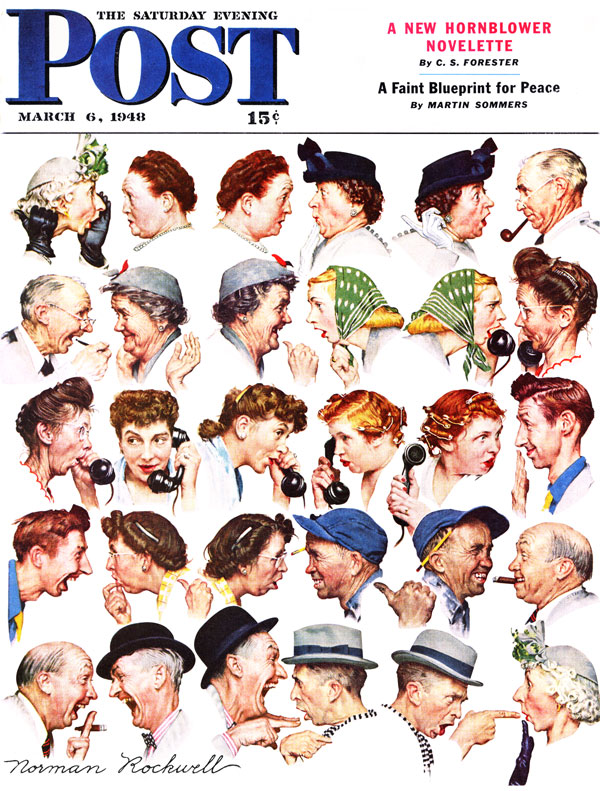

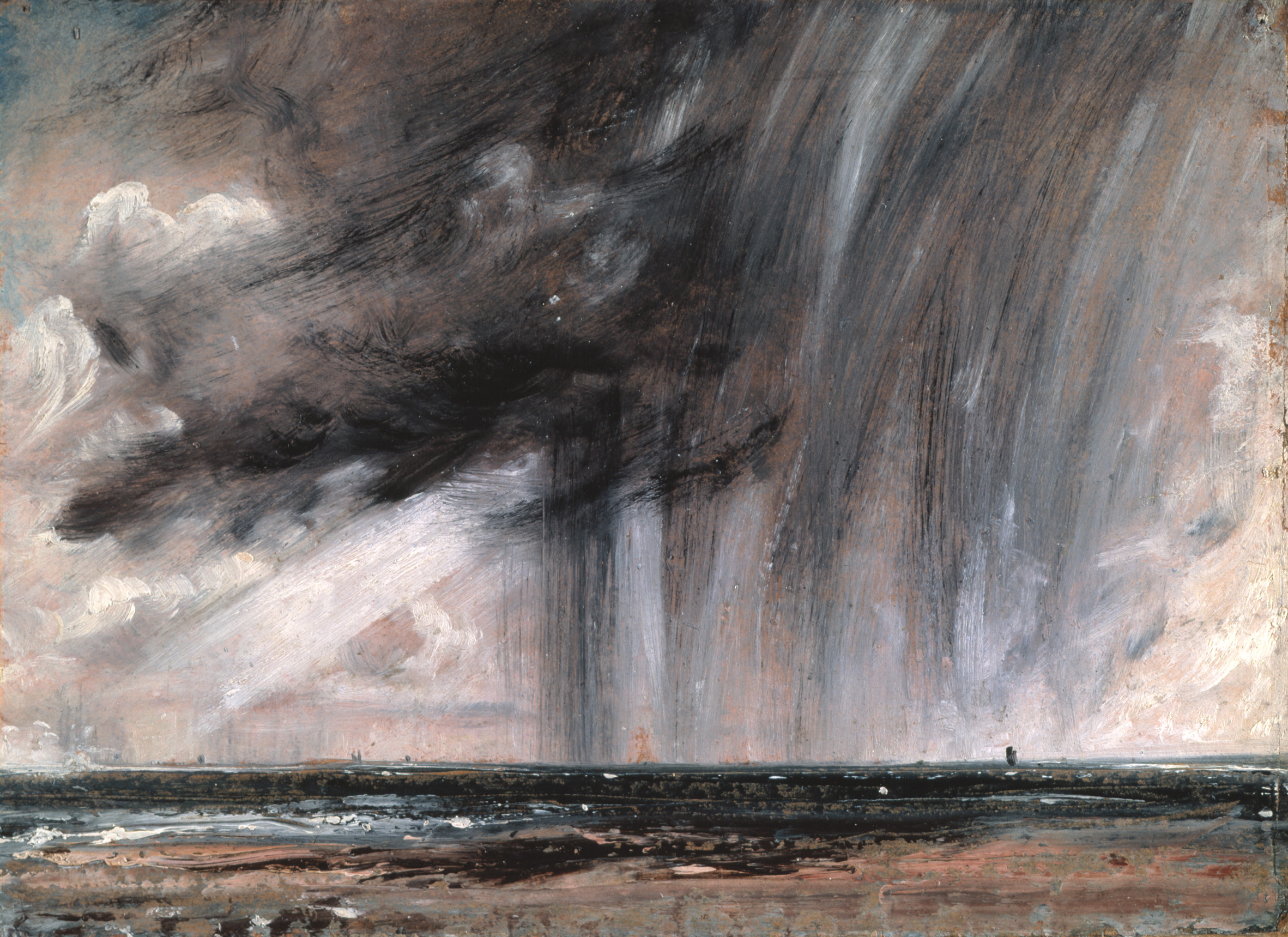










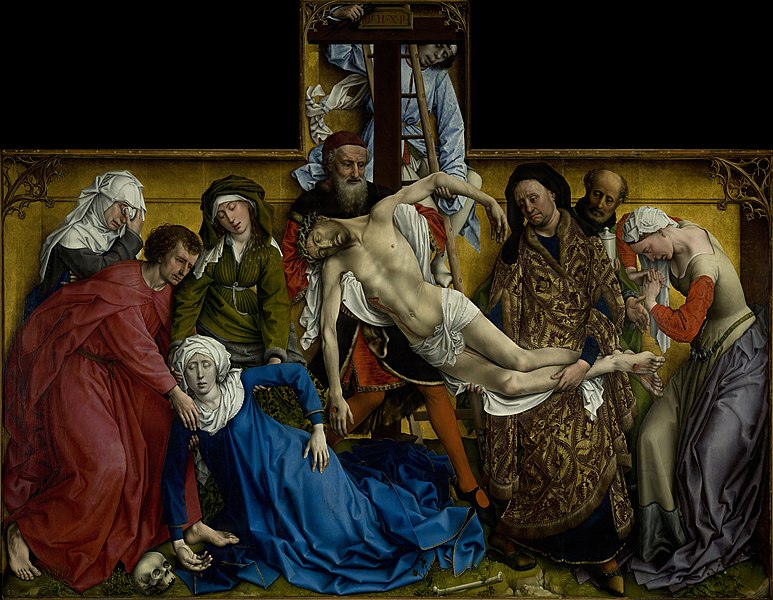






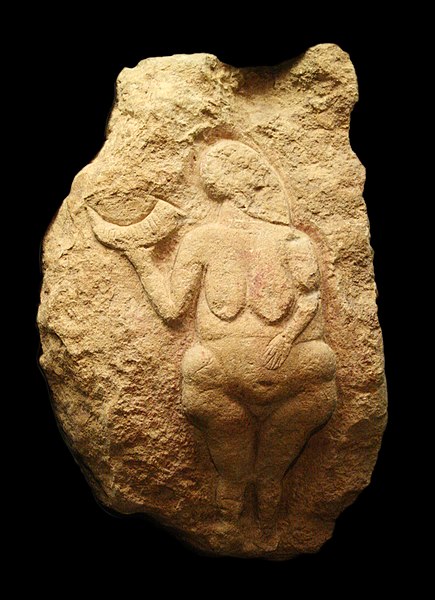
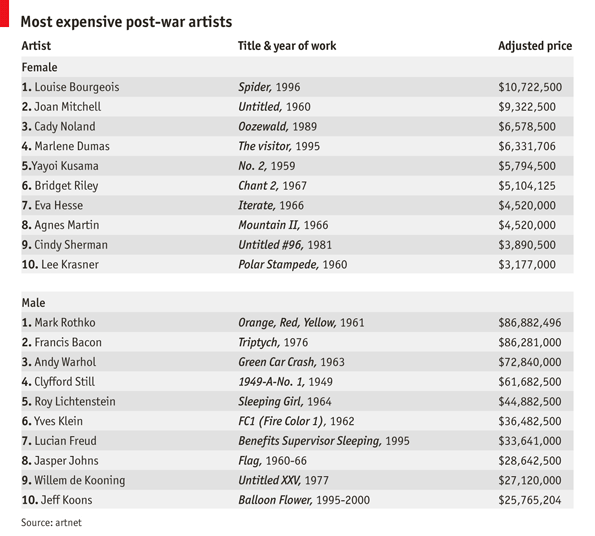

.jpg/594px-Paintings_from_the_Chauvet_cave_(museum_replica).jpg)



